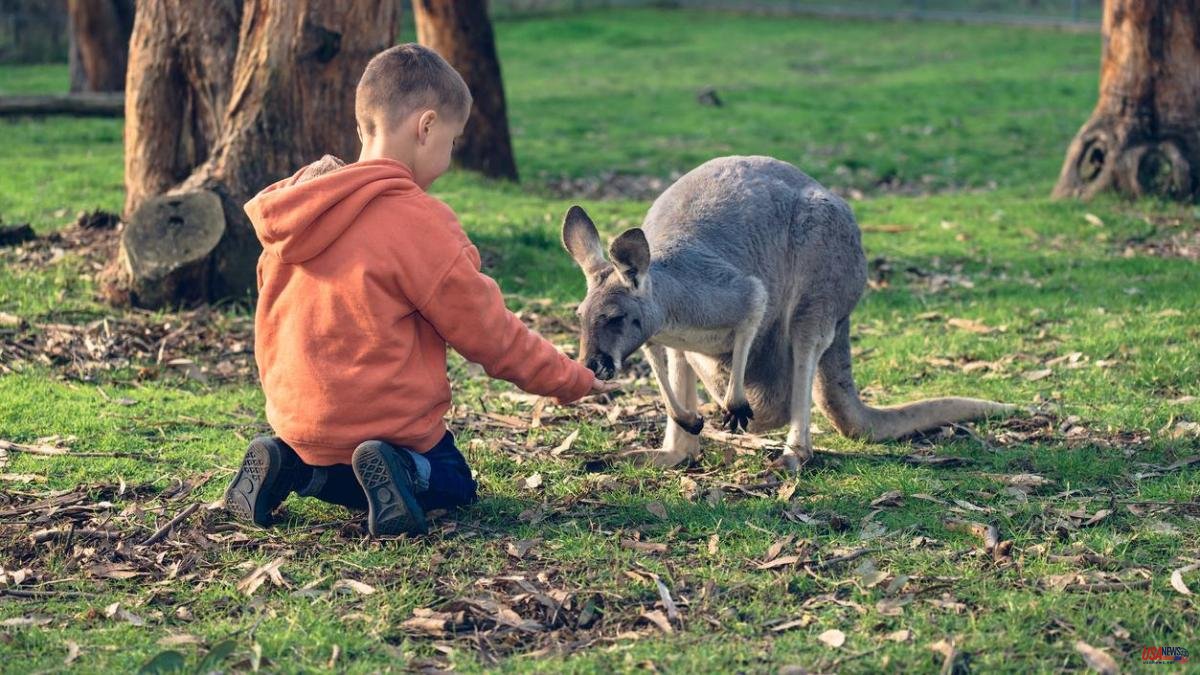Many manuals on natural history indicate that, based on known fossils, it is estimated that marsupials arose about 130 million years ago while placental mammals did about 110 million years ago. The discovery in 2011 in China of a 160-million-year-old fossil known as Juramaia changed the history of the separation between marsupials and placental mammals. The most established scientific theory to date indicates that it believes that all living mammals descended from a common ancestor that lived approximately 180 million years ago and reproduced by laying eggs. The therians, the first non-egg-laying mammals, a group that includes marsupials and placental mammals, arose about 160 million years ago. However, this section of history is still open and under discussion, how could it be otherwise.
A team led by the researcher Anjali Goswani and whose first signatory is Professor Heather E. White, both from the Natural History Museum, in London (United Kingdom), has now studied this dilemma from another point of view: mammalian paedomorphosis and marsupials. With this really bad-sounding word (paedomorphosis or paedomorphosis) scientists specialized in developmental biology define the study of characteristics of individuals that remain from the juvenile to the adult phase.
Specifically, Goswani and White's team has analyzed the shape and volume of the skull of 165 specimens of 22 species of mammals and as a result proposes the hypothesis that placental mammals are closer to the common ancestor of egg-laying mammals than not. the marsupials.
In other words, this team believes that marsupials may actually be a more recent form of mammal than placentals (contrary to what the scientific community has thought to date).
The informative note of this study published by the Museum of Natural History dares with an even more striking headline: "Marsupials could be the most evolved mammals". The scientific results are presented in an article published in the journal Current Biology with a headline more in keeping with scientific solemnity: "Pedomorphosis in the ancestry of marsupial mammals."
Microcomputed tomography (micro-CT) scans of 165 specimens helped the research team reconstruct the changes in the skull of these species during this early phase of growth. Using this data, they estimated how the common ancestor of marsupials and placentals would have developed and compared it to both groups to see which was the most similar. "Using this large set of comparative data, generated from the museum's historical collections, we have been able to propose a change in what we know about the evolution of mammals," explains Anjali Goswami in the note released by the museum where she works. as a researcher and group leader.
The team measured how its skull shape changes throughout development and reconstructed how its ancestor would have developed. This showed that marsupials have changed more than placentals from the common ancestor.
'For a long time, people have treated marsupials as 'minor mammals', representing the intermediate stage between placental and egg-laying mammals, explains Anjali Goswami. After the new analysis, she proposes that "marsupials are the ones that are much more evolved compared to the ancestral form."
"As a member of placental mammals, we [humans] often have this bias that ours is the group that evolution is targeting, but that's not how evolution works," recalls this expert.
All mammals alive today can be divided into three groups: placental mammals, marsupials, and monotremes (egg-laying, like the platypus), which are easily distinguished by their reproduction methods, the authors reminded didactically.
The largest group (by current number of species about 95% of all living mammals, including humans) are placental mammals, which give birth to live, well-developed young.
Marsupials also give birth to live young, but they have a very short gestation period, so the young are very underdeveloped and must be cared for by a parent in a pouch.
Monotremes are egg-laying mammals and are the smallest of the three groups. It contains only five species alive today in two families: the platypus and the echidnas.
As therians evolved from hatching young via an egg, live birth of an underdeveloped infant as in modern marsupials was originally thought to be the natural intermediate stage. However, the study now being published considers that this explanation may not be the correct one.
"What we were able to clearly show is that the form of development of marsupials has changed the most from the ancestor of marsupials and placentals," says Professor Anjali Gosvami.
“The way that marsupials reproduce is not an intermediate way between egg-laying and placental mammals; it's just a completely different form of development that marsupials have evolved."
Placental mammals are born with all four limbs and skulls already well developed, which increase in size as the animal ages. The gestation period varies based on body size, but can last up to 22 months in African elephants.
By contrast, marsupials are essentially born in an embryonic state. For example, the red kangaroo gives birth to a jelly bean-sized baby just one month after conception before nursing its young for up to six months.
The hind legs and skull of these babies have not fully formed, but the front legs and mouth bones are slightly more developed. Indeed, the animal has all the parts it needs to crawl through its mother's fur to reach the milk teats and suckle, but not much else. Many marsupials have a pouch that helps protect the underdeveloped young while they are at this vulnerable stage.













